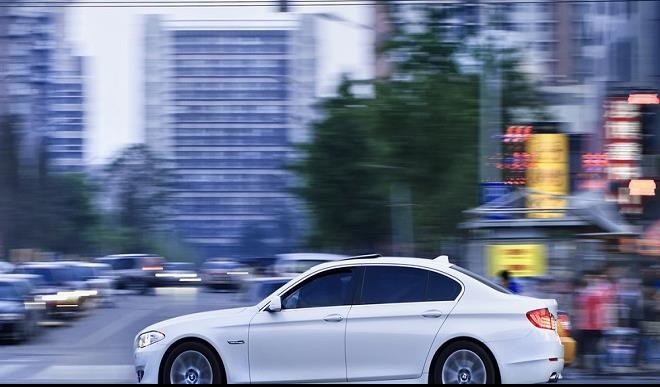How to keep your car on the road
A few simple maintenance checks can work wonders Give your car a thorough check every few weeks and you may spot problems before they cause a breakdown. There are 6 key areas to keep on top of: fuel, lights, oil, water, electrics and rubber. When it comes to remembering them, just think: Flower Fuel Don’t […]


A few simple maintenance checks can work wonders
Give your car a thorough check every few weeks and you may spot problems before they cause a breakdown. There are 6 key areas to keep on top of: fuel, lights, oil, water, electrics and rubber. When it comes to remembering them, just think: Flower
Fuel
Don’t wait until your fuel light comes on, especially if you’re in an unfamiliar place. It may sound obvious but, if you’re running low on fuel and you see a petrol station, top up.
Lights
Give all your exterior lights a decent clean every few weeks, making sure to check for blown bulbs and cracks in the lenses.
Oil
Cars can get through up to a litre of oil every 1,000 miles, so it pays to check your oil level regularly (check your handbook if you’re not sure how to). Don’t wait for the red oil pressure warning light to come on – your engine might already be damaged by then.
Water
Overheating causes a lot of breakdowns, especially in hotter weather, so check your coolant level every couple of weeks (again, if you’re unsure, your handbook will explain). If the level always seems low, check for leaks. It’s always a good idea to keep your windscreen washer fluid topped up, too.
Electrics
Battery problems are the number one cause of breakdowns, at any time of year. So if your battery’s getting a bit old and tired, renew it before it lets you down. You should also make sure that your radiator’s electric cooling fan starts running when the engine gets hot. You can check this by running the engine with the car stationary, or ask your garage to have a look for you.
Rubber
If your tyres aren’t inflated properly, you could be putting yourself at serious risk. They’ll also wear out faster and can lead to wasted fuel. If you’ve got a full load on board you’ll need to increase your tyre pressures – your handbook will tell you the right levels.
Source: Theaa.com
